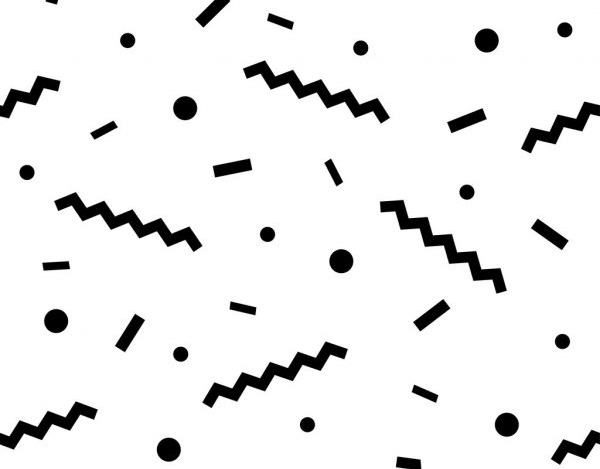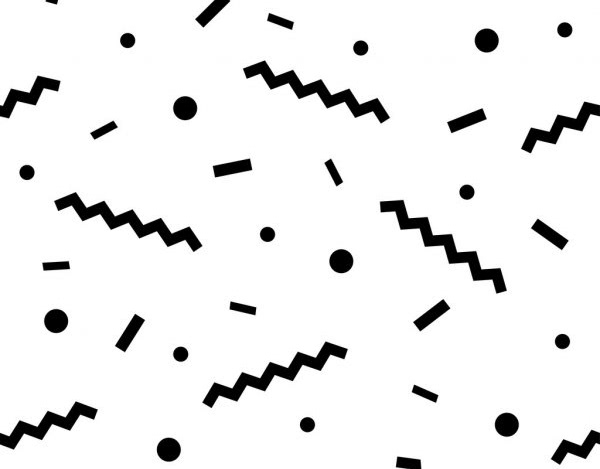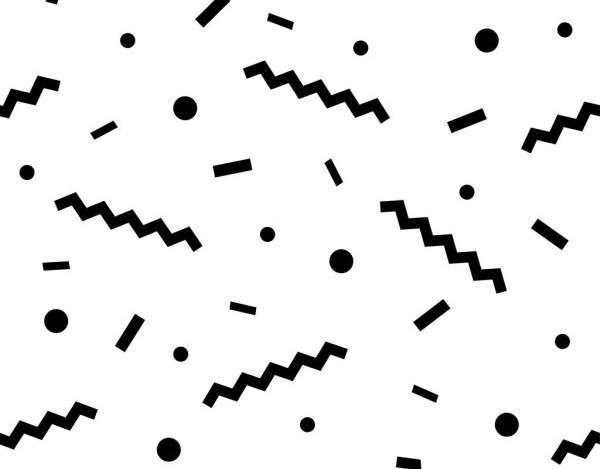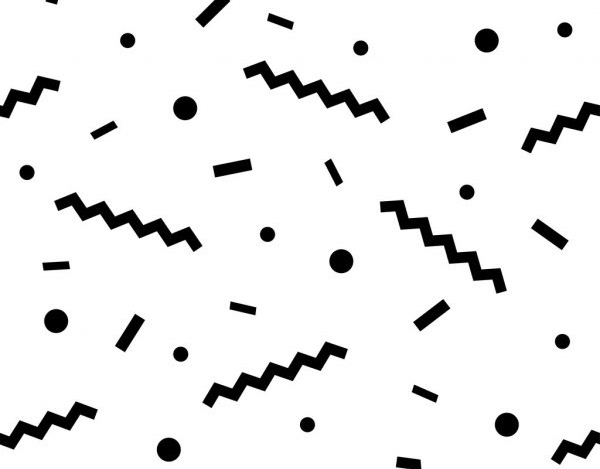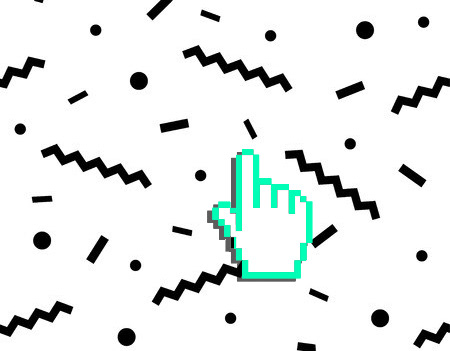INTRODUCTION TO THE SECTION
A key part of this project is to understand more about me; this section of the project focuses heavily on me as a person, outside of my professional life. By using relevant theories and models, I will be carrying out an analysis of my personality and how that shapes who I am today. Personal reflection will be highlighted throughout the written content, worked in alongside traditional research and analysis.
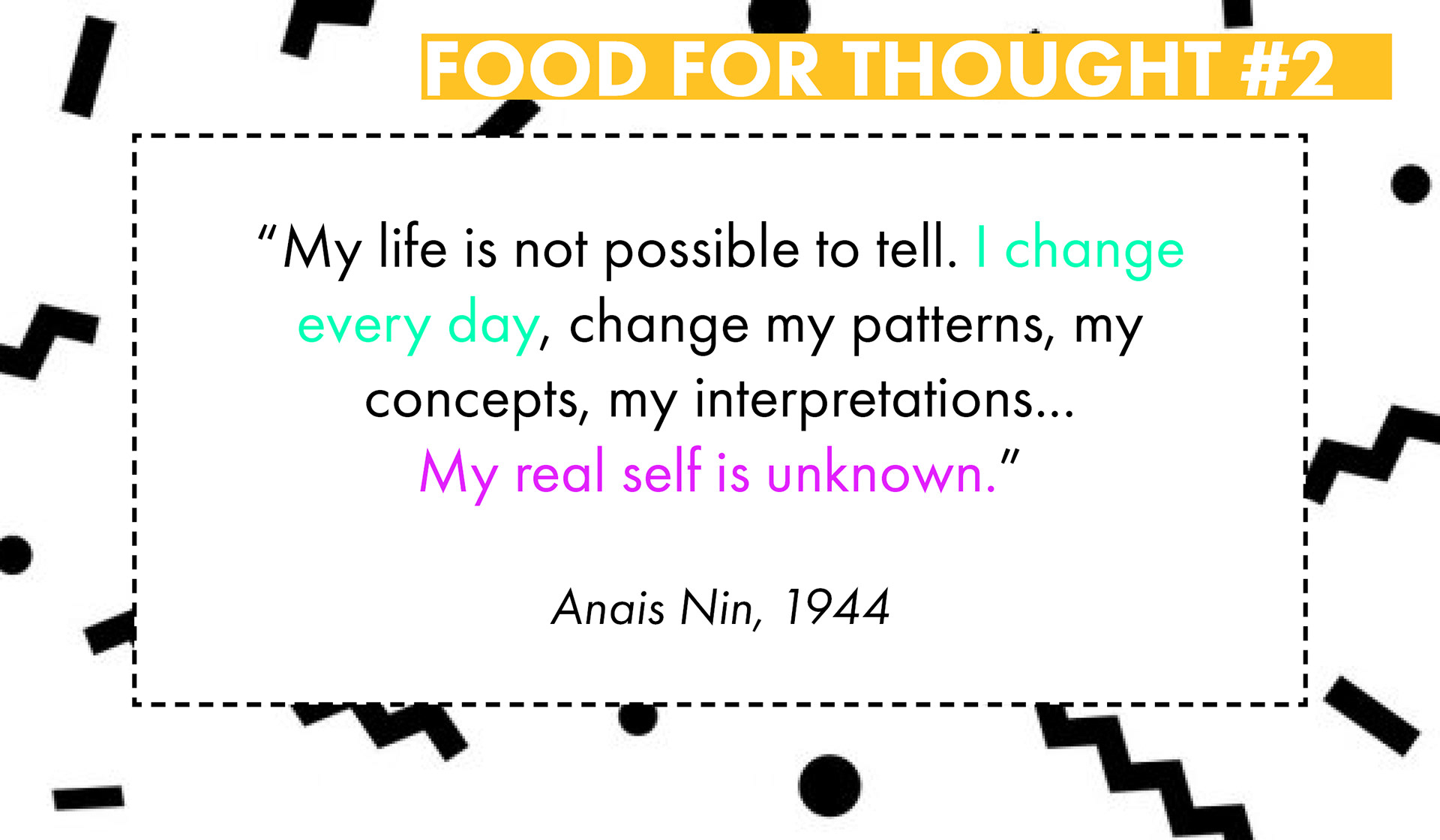
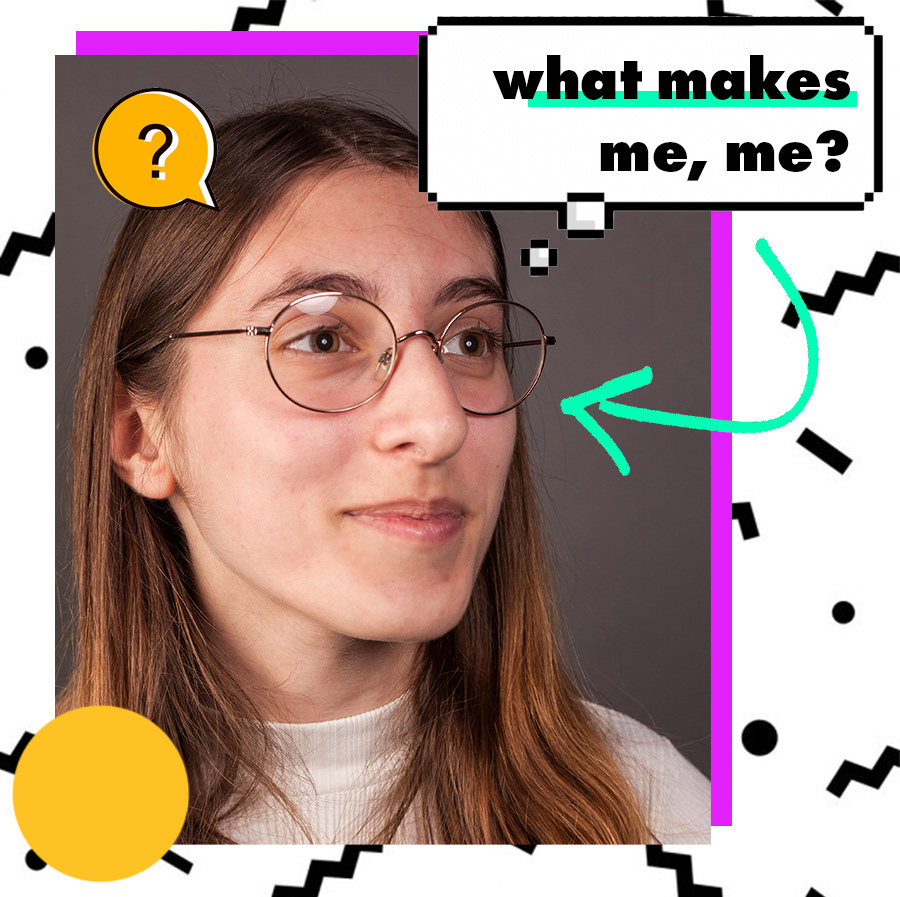
FIGURE 3 - Uner, I. 2020. INFJ Personality Type Graphic
MYERS-BRIGGS
As the first step towards finding out more about myself, I completed a Myers-Briggs personality test and analysed the results (Appendix 1). According to the foundation (2020), INFJs are conscientious and morally-driven; they seek meaning in relationships and ideas, with an eye toward better understanding themselves.
Using their intuitive skills, they develop a clear vision which aims to better the lives of others, regarding problems as opportunities to design and implement creative solutions (ibid). I feel this reflects my initial thoughts on my personality well, as I am always looking out for other people and am driven to make sure I live my life creatively. As shown in Figure 4, which breaks down this personality type, I have a strong correlation with collaboration and conscientiousness which links well with Myers-Briggs' original thoughts on INFJs.
FIGURE 4 - Uner, I (2020) INFJ Personality Type Breakdown - adapted from Potentially summary report
A study by Durling et al. (1996) showed that there was a strong relationship between personality types and career path in design-related disciplines. Their results showed a strong correlation for INFJs within the fine art sector - which is contradictory to my current specialisms. They found that most 'design students', which is how I would categorise myself, are ENTP type.
How do these results reflect my own personality? It is true that, despite being a product design student, I have more passion for craft than I do for mass manufacturing, evidenced in my choice of project brief and past work featured on my Instagram; perhaps this is an indication that fine art values are playing a greater role in me than engineering-led design thinking. This is actually a very accurate result, linking to Figure 4 which shows I have a stronger relevancy to collaboratory and exploratory design, rather than engineering based manufacture.
Ingham and Luft (1961) describe the Johari Window as a way to investigate interpersonal relationships; by exploring all four sections of the model, it is possible to learn more about both yourself and your peers, which is especially important in group scenarios. As part of our group sessions, me and my team were able to help each other create a Johari Window with emphasis on the 'mystery self' and 'open self' areas, which were hard to identify without the suggestions of others (Appendix 1).
Most interestingly, my peers identified a sense of confidence in my blind self, which showed I may internalise my self consciousness. Alongside this, I could identify some areas for improvement for my future - my 'control freak' nature means that although I am creative, I sometimes struggle to stay focused outside my comfort zone.
The other important result from this activity was the fact the majority of my peers immediately identified me as a perfectionist - I strongly agree with this sentiment, as I am always striving to make sure I do my best and achieve the best grades despite this being potentially unhealthy. I believe this to be a result of being a high achiever in school, which has pushed me to a mindset where I expect to do well and may not be a suitable outlook for my future.
FIGURE 5 - Johari Window graphic adapted from Luft & Ingham, 1961
As an extension to the Johari Window, I combined the research outcomes from my Myers-Briggs test to enhance each area - this provided me with many new descriptions of myself that I wasn't previously aware of, which also linked closely to my INFJ personality type. For example, I could identify tentativeness within my hidden self, backing up my original thoughts that being outside my comfort zone reduces my confidence.
As well as this, I identified competitiveness as an aspect of my personality I don't notice in everyday life. This links closely to the original Johari Window, which identified me as a perfectionist - both these aspects combined have both positive and negative effects, creating a strong work-ethic within me but also fostering an unhealthy work/life balance and a minimal disconnect between when I should take breaks. This has the potential to effect my future, especially when thinking about time management and mental health within a PhD or as team leader, making sure my habits don't affect those below me.
This provides an opportunity for improvement if I want to reach my future goals; I must learn not to over work myself, and not let my desire for achievement (as stated in Mystery Self) get in the way of actually enjoying my work to the fullest.
FIGURE 6 - Johari Window graphic adapted from Luft & Ingham, 1961 and
Myers-Briggs Personality Test
RECOMMENDATIONS
Overall, I believe I am very in-tune with who I am. As evidenced in my Johari Window, I am aware of both my strengths and weaknesses; however, despite knowing what my weaknesses are I struggle to try and overcome them. For example, I know that I am avert to conflict and will avoid arguments at any cost. When thinking about my future, if I plan to become a teacher at any level conflict is something I will inevitably encounter. I also need to work on improving my work life balance, and making sure that deadline pressure habits from Masters do not carry into my further studies. Doing so will require reworking my schedule and making myself stick to Gantt planning charts.

